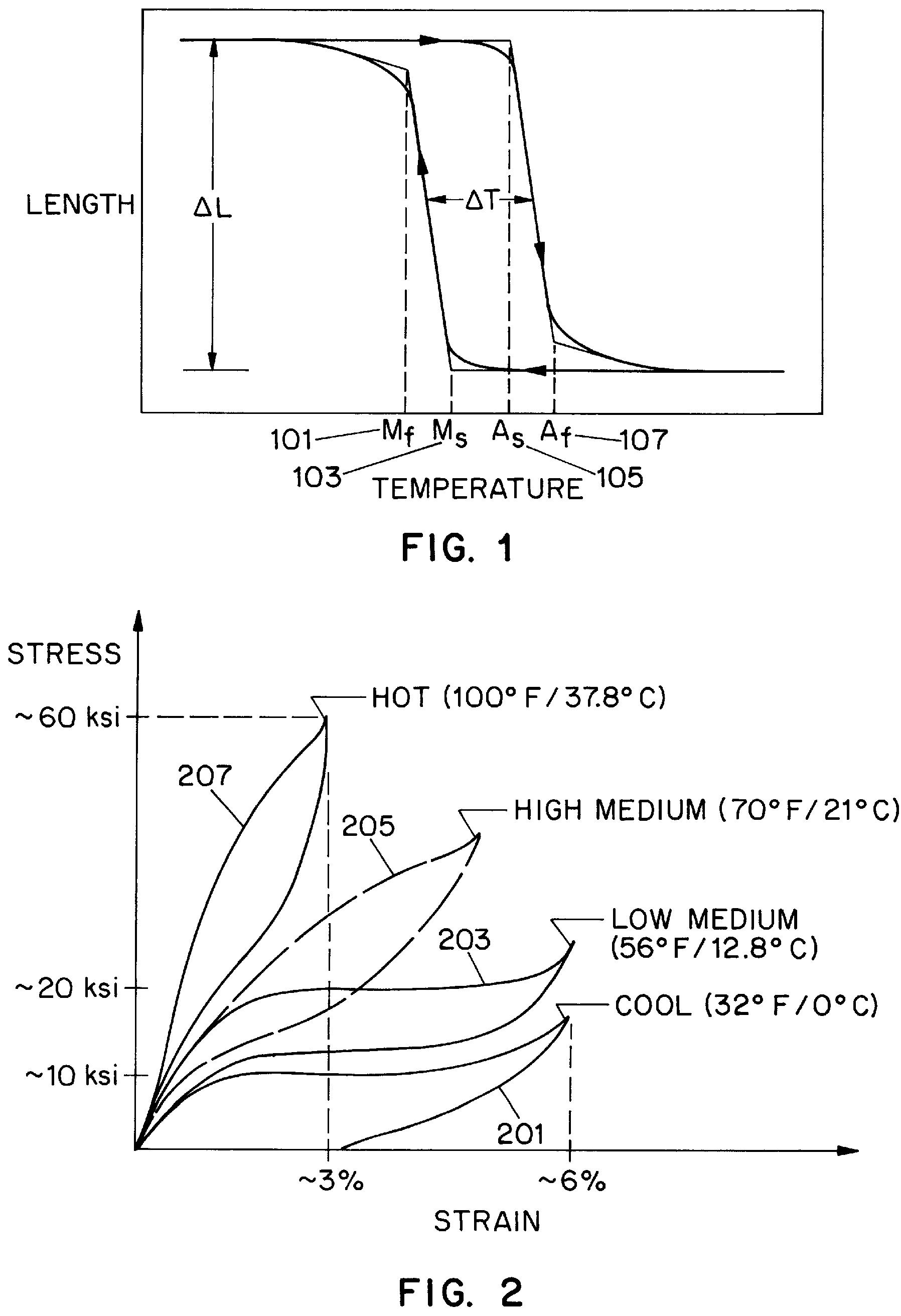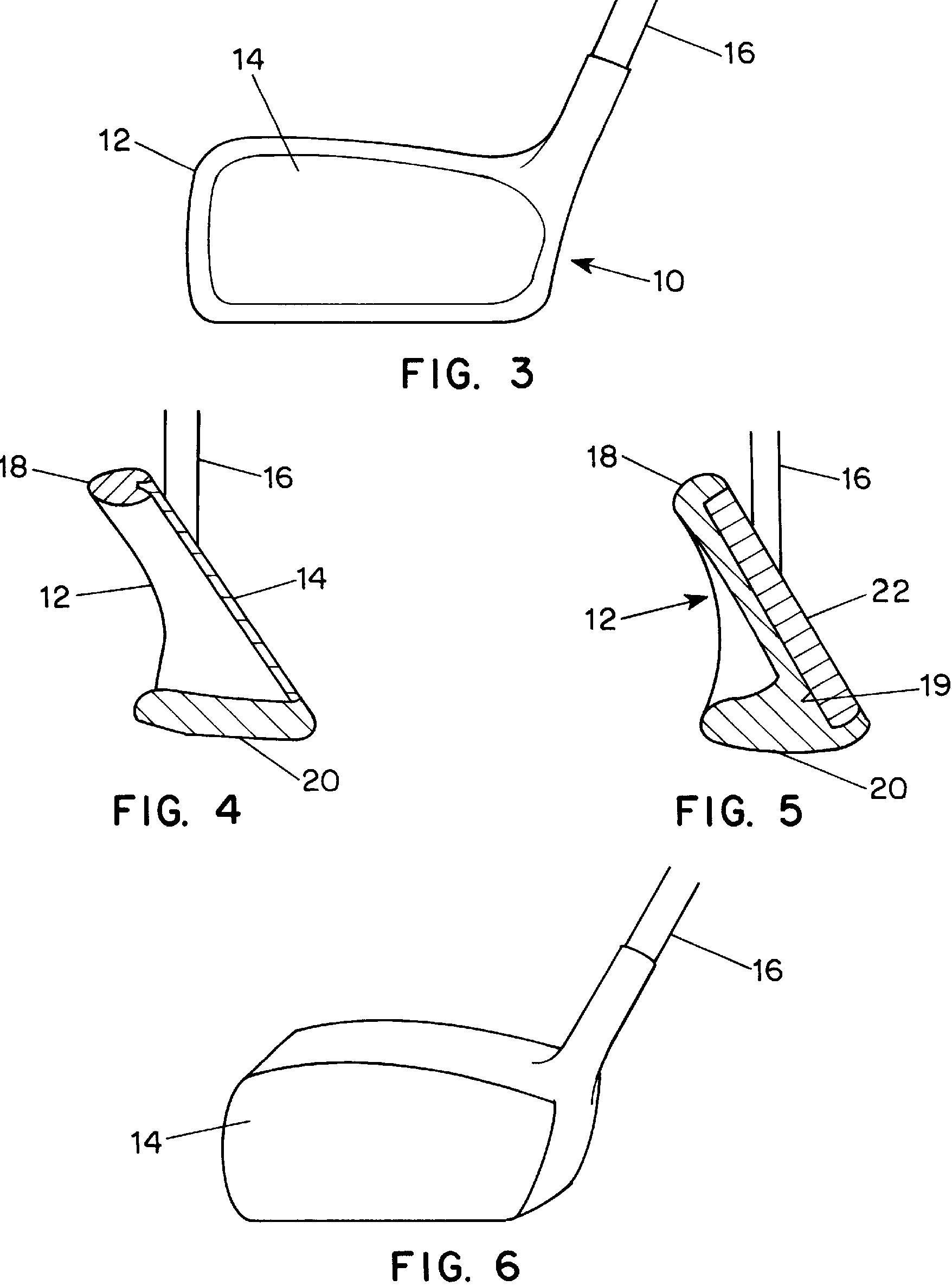Attention Cold Weather Golfers, This Club May Be Just What You Need
We all know that feeling to hitting that first ball on a cold day. The sting that starts at your fingers and travels down to your toes.
A pair of inventors decided to take a stab at eliminating the feeling that you just struck a rock at 100 mph. Their invention is disclosed in USPN 5899818 titled “Temperature Compensated Golf Club Head,” which describes the invention as:
A golf club head is provided with an impact surface formed of a shape memory alloy. The shape memory alloy is selected to have a transformation temperature applicable for the range of normal golf playing temperatures, that is in the range between about 0 and 15 degrees C. This selection of the transformation temperature of the impact surface provides an effective variation of the stiffness of the golf club head that compensates for changes of the stiffness of a golf ball with changing temperatures.
You can brush-up on your knowledge of shape memory alloys here.
The patent goes on to explain:
It is generally observed that the performance and impact characteristics of golf balls change with playing temperature. At colder temperatures, for example in the range of zero to 10 degrees C., golf balls tend to have stiffer characteristics. When a ball is struck with a club, the impact will result in vibrations of different frequencies and different amplitudes in the club shaft because of the ball stiffness, which affects the flight of the ball. The stiffness of a conventional club head stays constant throughout the temperature range. At warmer playing temperatures, for example in the range of 30 to 40 degrees C., the ball tends to be more easily deformed upon impact, and different shaft vibrations will occur when the ball is struck by the club head.
The inventors have concluded that it would be desirable to provide a club head having an impact surface whose properties vary with temperature in a manner that complements the temperature variations of the golf ball and allows for a relatively constant interaction between the club head and the ball irrespective of the temperature. Accordingly, at cold temperature the club head impact surface would be softer, to offset the relatively stiffer ball. At higher temperatures, the impact surface would be stiffer, to offset the relatively softer ball. A temperature controlled club head would allow a golfer to have the same feel and club head-ball interaction on cold days and warm days.
The inventors have concluded that it would be desirable to provide a club head having an impact surface whose properties vary with temperature in a manner that complements the temperature variations of the golf ball and allows for a relatively constant interaction between the club head and the ball irrespective of the temperature. Accordingly, at cold temperature the club head impact surface would be softer, to offset the relatively stiffer ball. At higher temperatures, the impact surface would be stiffer, to offset the relatively softer ball. A temperature controlled club head would allow a golfer to have the same feel and club head-ball interaction on cold days and warm days.


Interesting concept, but I would need to see it work to believe it.
Dave Dawsey – Protecting Golf Inventions
PS – check out other golf club patent posts here
